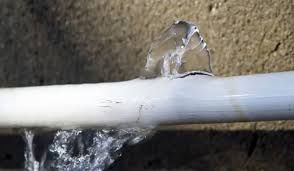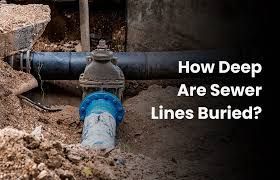Simple Tips to a Clean, Nice Smelling Garbage Disposal
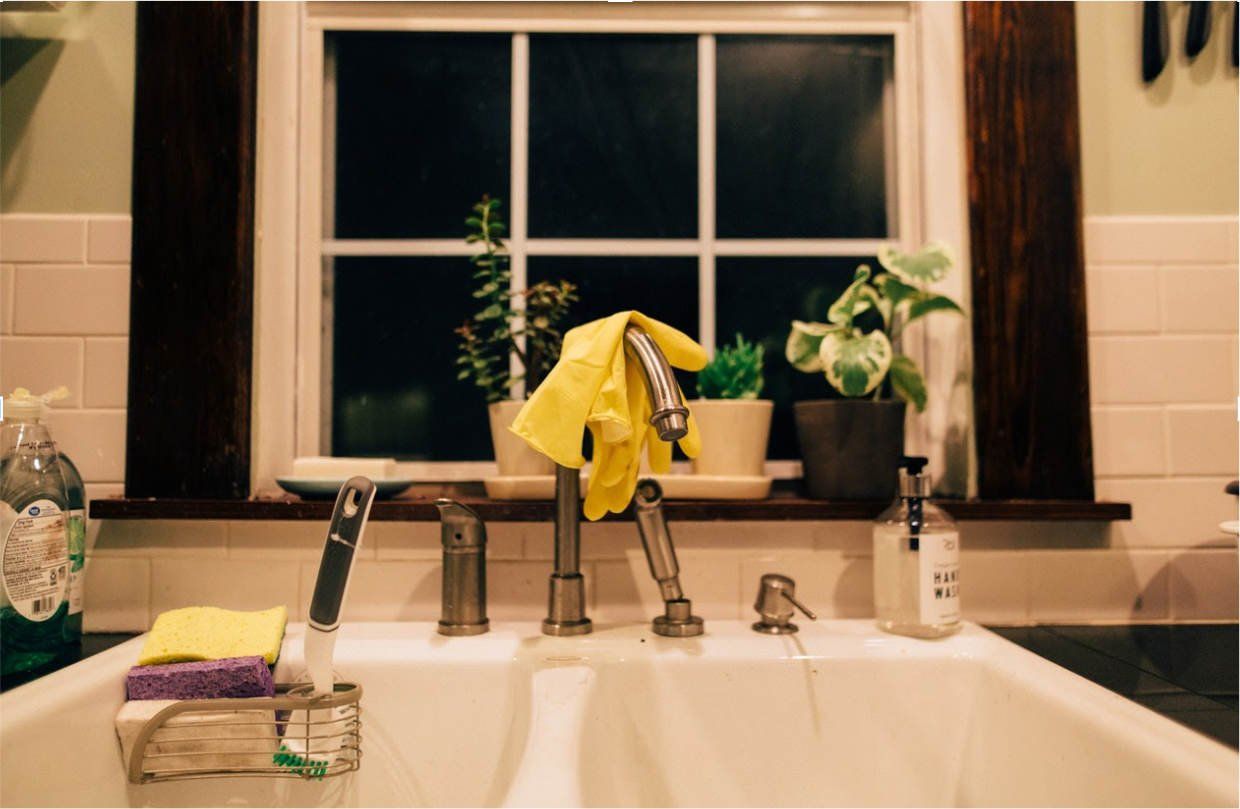
Garbage disposals are more than just a scary place to stick your hand (not recommended by the way), they’re also a genius way to “blend” away leftover bits of food and scraps in your sink. But any time you’re dealing with leftover food particles, grease, oils, and fruit peels that may have gotten stuck, there’s a stench not far behind. If you’ve noticed that your sink smells funky even though you’ve cleaned it, it’s probably your disposal. You may even notice that the disposal seems dingy. We’ll let you know how to safely clean it and how to prevent the sink stink. If you ever need kitchen plumbing services, like a garbage disposal problem (beyond being stinky), our All City Plumbers experts are ready to help!
There are several different ways to effectively clean your disposal. Some of these are fine for weekly cleaning, while others should be used for a deeper clean less often because of the supplies and/or tools used. We will make sure to clarify that on each method. Also, a few methods require vinegar, which is a popular solution for clean and freshening up things around the house, but it is acidic so you don’t need to go overboard with it. It can wear down parts of your disposal if used too frequently or soaked for too long. Just make sure to rinse your disposal and sink thoroughly after any of these methods. Here are 4 common and fairly simple ways to clean your stinky, gunky disposal:
Method #1: Lemon and ice (frequent use)
This is a good way to weekly clean your disposal if you use it daily.
Step 1: Put 6 ice cubes in the chamber. Add 1 tablespoon of baking soda, three thin lemon slices, and 1 teaspoon of bleach. Put in an additional 6 ice cubes. Make sure the disposal and sink faucet are turned off when doing this step.
Step 2: Turn on the disposal without running water until you hear the grinding stop.
Step 3: With the motor still running, flush with cold water for 30 seconds. Then turn off the disposal and sink. Enjoy your refresh sink and garbage disposal!
Method #2:
Baking soda and vinegar
You might already have these products lying around the house, so it’s a good option, but use this one less frequently since vinegar is acidic.
Step 1: Dump ½ a cup of baking soda into the disposal.
Step 2: Carefully pour in a cup of white vinegar and wait for your science fair volcano to erupt (not really of course).
Step 3: After allowing it to sit for 5-10 minutes, turn on warm to hot water and then turn on the disposal. Make sure everything is rinsed out well. Turn everything back off.
Method #3: Soap and water
This is an extremely simple method that can be done as often as you see fit and is especially good to do if any grease or oil gets in your disposal.
Simply plug the sink, fill it halfway with water then add a little bit of dish soap. Then, unplug the drain and immediately turn on the disposal. The soapy water can then get to all the nooks and crannies of your disposal. Rinse everything with water, then turn off the disposal.
Method #4: Garbage Disposal cleaner and brushes
There are designated products for cleaning disposals- foaming powders, brushes, and even small marble-sized deodorizers. If you prefer natural, chemical-free smells, this might not be the option for you. The brushes can be very helpful because they’ll get to all the hard to reach places and you won’t have to put your hand in the disposal (you shouldn’t do that unless absolutely necessary anyways).
How to Prevent the Sink Stink
Much of this can be prevented by what you put in your disposal, how you use it, and how you clean it. Getting rid of those nasty odors isn’t incredibly difficult, but prevention is still the best course of action.
To minimize gunk (and consequently the stink), make sure you always run water when using the disposal. Start running cold water before turning on the disposal, and let it continue for an additional 5-10 seconds after you hear the grinding stop. This helps the food particles get rinsed all the way through the pipes.
Things you shouldn’t put in the disposal:
Fibrous vegetables like celery (fibers can get caught)
Starchy foods like potatoes (build up over time)
Non food items
Lye soap or chemical drain cleaners
Your hand
If you’re in need of plumbing services regarding your kitchen sink, the experts at All City Plumbers are here for you! Contact us so we can check it out and find a solution.
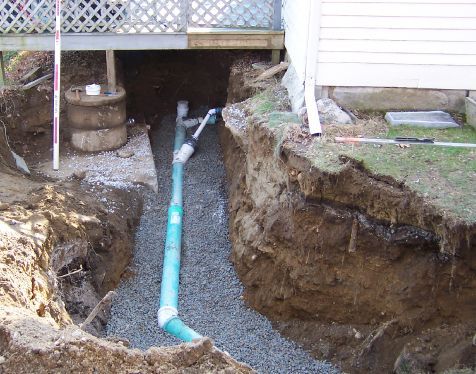
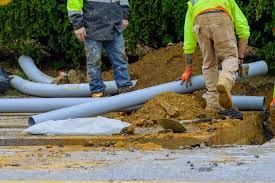
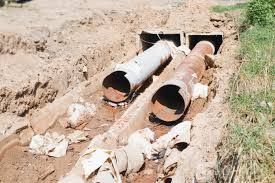
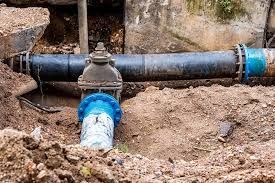

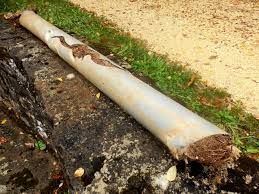
CONTACT INFORMATION
Office:
855-266-7682
Email:
service@AllCityPlumbers.com
Address: 6694 Oak Ridge Commerce Way, Austell, GA 30168
Business Hours:
Mon - Sun 24 Hours
OUR SERVICES
© 2022 All Rights Reserved|All City Plumbers Privacy Policy | Terms & Conditions | Sitemap

